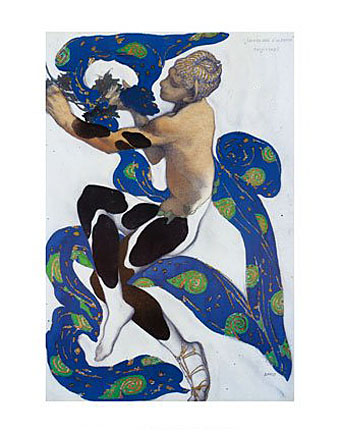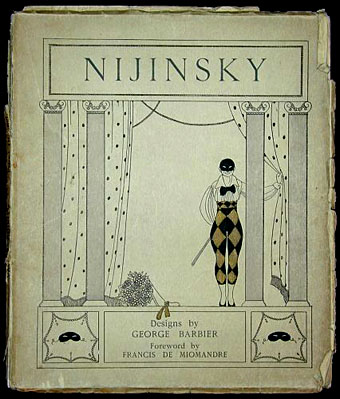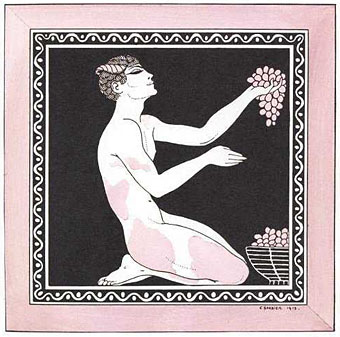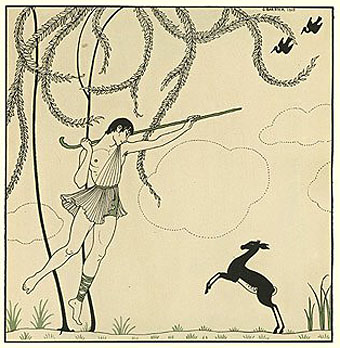Les Chansons de Bilitis (1922).
I’ve posted examples of George Barbier’s Art Deco drawings before but online examples of his work outside the world of fashion illustration have been difficult to find. The Bunka Women’s University Library corrects that with a collection of high-quality scans which include a book about the artist, George Barbier, Étude Critique (1929) by Jean?Louis Vaudoyer. There’s also his adaptation of the Sapphic classic by Pierre Loüys, Les Chansons de Bilitis, from 1922. The drawings there lack the customary ardour of other adaptations but they’re marvellously elegant nonetheless, with some beautiful page designs.
Note: these books can’t be linked to individually, you need to follow the links from “Art Deco illustrated books” in their site menu.
Nijinsky (1913).
Poèmes en Prose (1928).
Elsewhere on { feuilleton }
• The illustrators archive
Previously on { feuilleton }
• The Decorative Age
• Images of Nijinsky

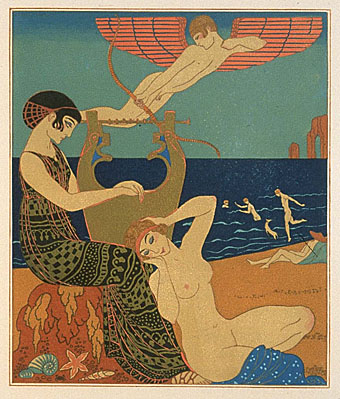
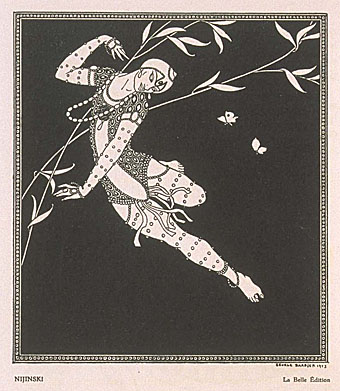
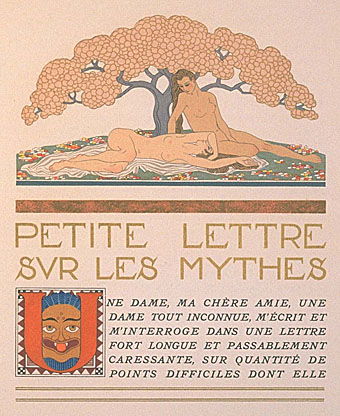
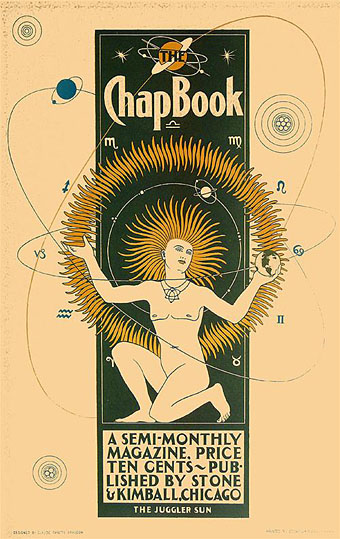
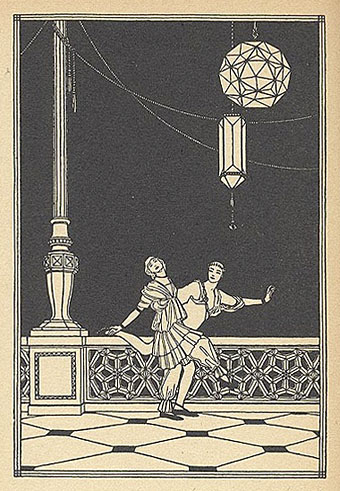
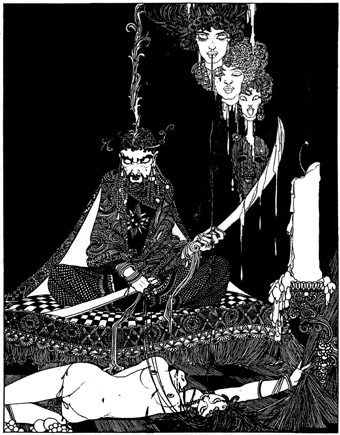


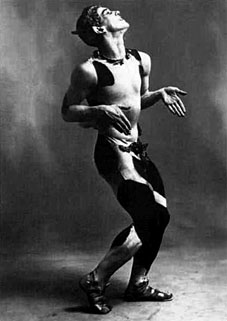 I have an abiding fascination with the
I have an abiding fascination with the 